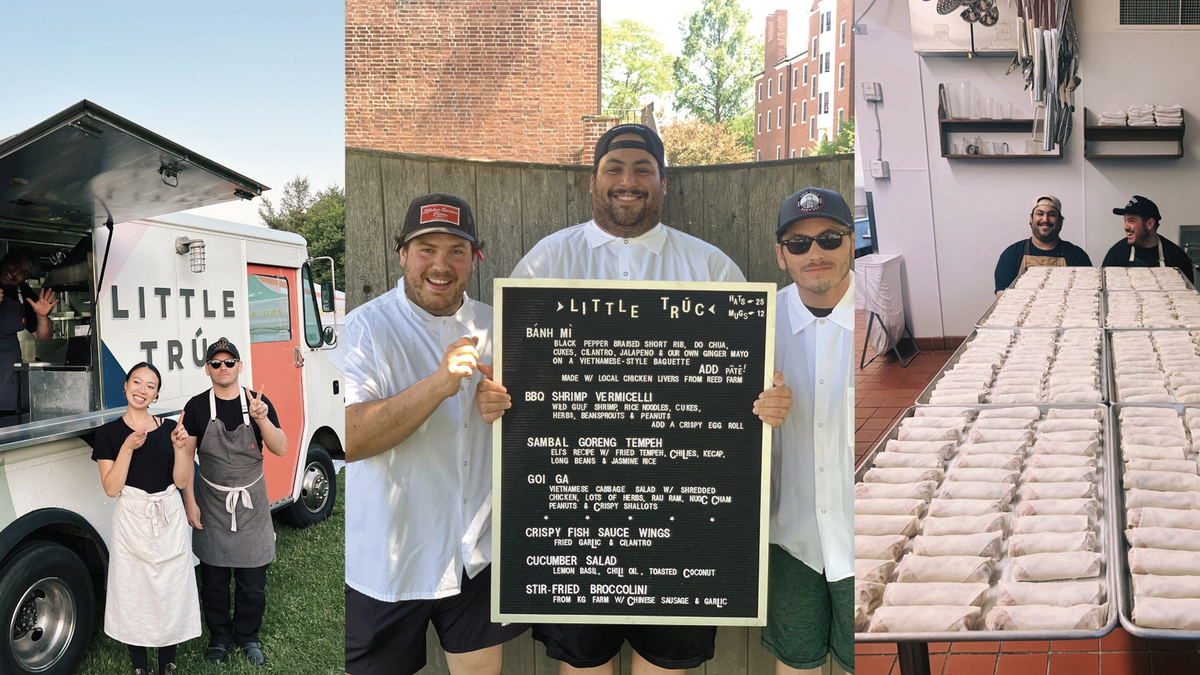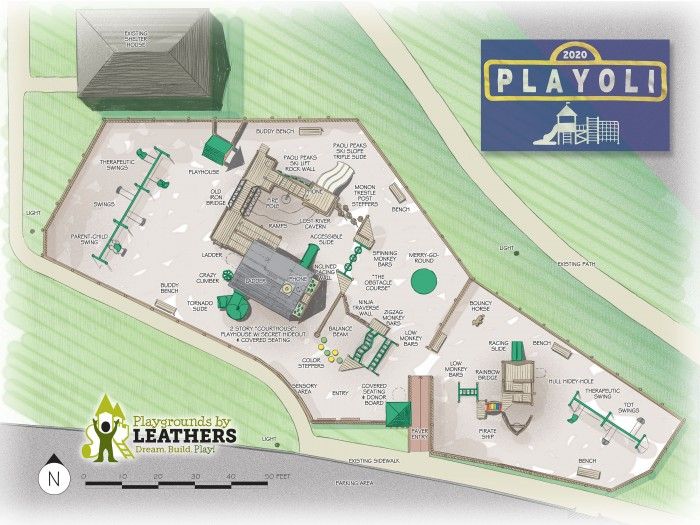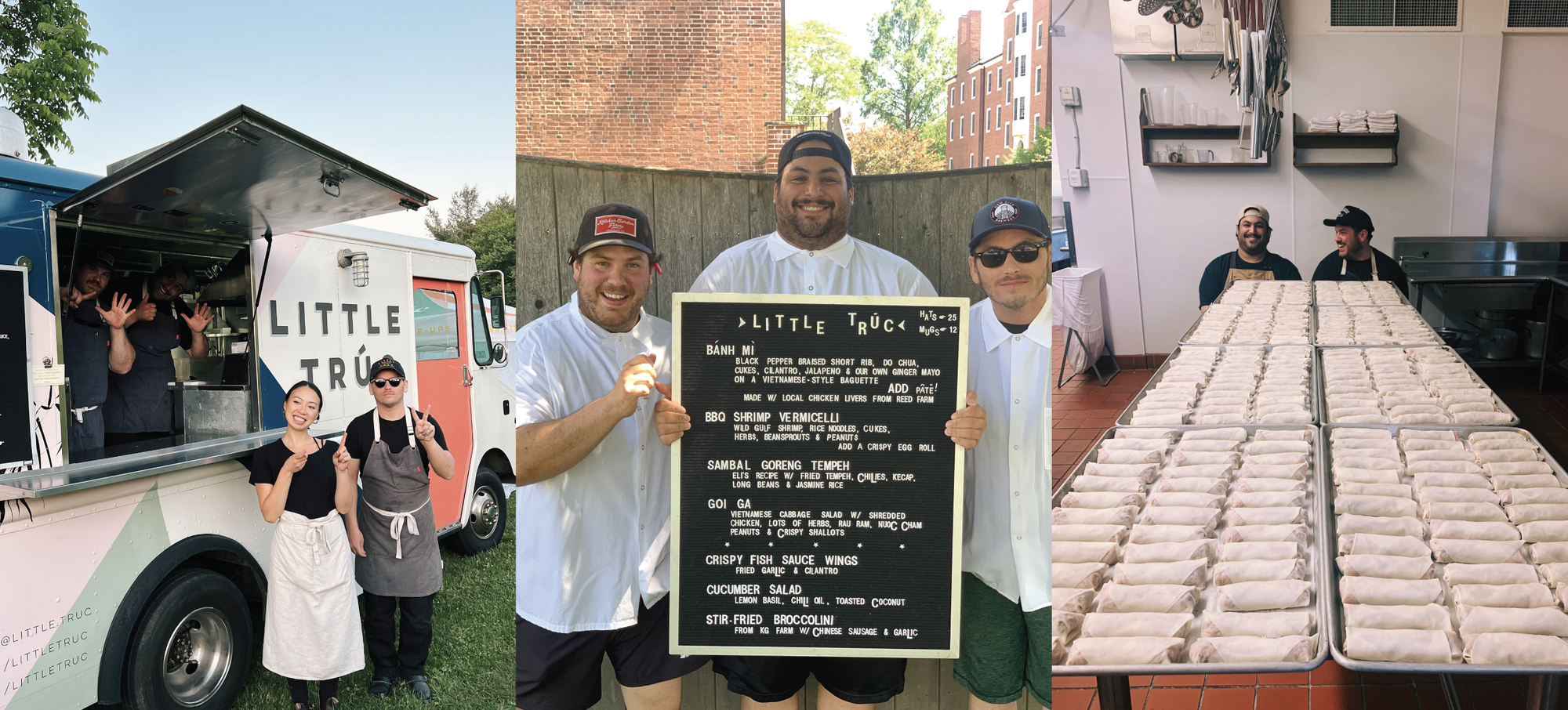
How to Tell Your Story in Crowdfunding
Learn the 4 characteristics of a good crowdfunding story.
As you are considering launching your crowdfunding campaign or maybe are in the throes of your campaign, it’s important to consider how to tell your story. Every great story has a beginning, a middle, and an end. When you put it in simple terms like that, it can make it easy to sit back and tell your story from start to finish. In crowdfunding, how you tell your story will depend on who you are and what your cause is, but no matter your efforts, your story will share the same characteristics. So, what are the characteristics of a good crowdfunding campaign narrative?
4 Characteristics of a Good Crowdfunding Story
1. Relatable
A good crowdfunding story considers its audience. You know your audience better than anyone, so what makes them tick? One good exercise is to consider what would make you excited to give. Ask yourself, why does this project matter to me? Maybe that message will resonate with others in your community.
2. Simple
There’s no need to get fancy with your story. Write in plain, simple language that is easy to understand. Keep it short and sweet, only adding the details that matter most to your story and your crowdfunding campaign.
3. Includes Clear Goals
We, the readers, want to know what you want to achieve and how we can help you get there. Your story should clearly outline your crowdfunding campaign goals. We know you want to raise money, but what else? How will the project help you reach your goals? How will it support the community? Share the impact your crowdfunding campaign will have. And don’t forget to ask for our help. A big goal of your crowdfunding campaign page is to ask for money and support.
4. Uses the Power of Images
Pictures really do say a thousand words. As you try to keep it short and sweet, pictures or other images can help you tell your story. They can show your audience what the project will look like when it’s complete or illustrate the budget breakdown. There are many ways you could use images in lieu of text, so get creative.
Now that you understand the four characteristics of a good crowdfunding story, we’ll talk you through writing your campaign page narrative.
Writing Your Campaign Page Narrative
Who, What, Where, When, Why
Setting up your campaign page can feel like a daunting task, but this is an important part of telling your story. Go back to basics and simply answer who, what, where, when, and why.
- Who are you? Who are your partners in this campaign?
- What is the project? What is your vision for the end product, whether that be a public space or your small business?
- Where will this project take place?
- When will this project happen? When is the deadline for your crowdfunding campaign – make sure people know when to give by!
- Why did you start this campaign? Why should people donate to your project?
Naming Your Campaign
When naming your campaign, keep it short and simple, something your community will recognize and can easily remember.
Write Authentically
Write directly and authentically to your audience. Talk about your project in first-person terms to make your project feel personal. Tell your audience how it will impact them and how they can support you in direct terms: You can help... Your support will… Together, we can…
Provide the project details briefly and clearly. Think about it like an elevator pitch. What are you creating, and why does it matter? If someone only had time to read this one sentence, could you convince them to contribute?
It’s in the Details
Now, you can provide more details and specifics. Where is the project located? When will it happen? What is the timeline? Who is organizing this project? How will the funds raised be spent? In this section, it’s a good idea to include renderings, budgets, or other supporting photos, graphics, or tables that can explain the project.
Why It Matters
Now that we understand the project and how the project will happen, tell us why it matters in more detail. Why should I donate? What value does this project add to the community?
Picture Perfect
Add photos throughout your campaign page to showcase how your project will impact your community. Photos with community members can help humanize your efforts and allow your audience to see what the finished project might look like with renderings or other representations of your project. We recommend including a video on your campaign page highlighting key voices in your community that are invested in your project. Video can be a great way to speak directly to your community and ask for support.
Make Your Ask
Finally, wrap up your campaign page with how people can support your project. First and foremost, make your request for monetary donations, of course! If there are other ways that people can donate beyond the campaign page, such as by cash or check, be sure to outline how they can make those contributions. You can also ask for their support in sharing or volunteering for your project.
Say Thank you
Be sure to say thank you to all of your supporters. After all, your project wouldn’t be possible without them!
Have Fun
Although it’s a lot to take in, be sure to have fun and get creative with your story. Add creative headers and pictures that draw people in. Make the pitch exciting, engaging, and encouraging so that your supporters feel inspired to contribute to making your project possible!
Examples
Hundreds of crowdfunding campaigns have been launched on Patronicity. We’ve picked a few with our favorite campaign pages and stories.


Expanding Our REACH
REACH Studio Art Center in Lansing, Michigan, came up with a creative and quippy way to name their campaign in alignment with their brand. REACH’s campaign mission statement is clear and immediately tells visitors what they plan to do, how, and why before even scrolling down the page. Their compelling and fun campaign video hooks viewers and carries them down the campaign page. The campaign went on to raise over $49,000 from 289 patrons.

PLAYoli - Paoli Community Playground Project
The PLAYoli Playground Project in Paoli, Indiana excited patrons with its fun name with ties to the community. Colorful photos throughout the page illustrate the project potential and leave community members wanting more. The campaign went on to raise over $50,000 from 159 patrons.

Little Trúc Goes Brick & Mortar
Little Trúc, a food truck in Easthampton, Massachusetts, launched a crowdfunding campaign to build out a commercial kitchen and pop-up space. The ask is clear from the top of the page and highlights what the new space would mean to the business and community – year-round delicious food! The story, full of gratitude, illustrates how community support will help them continue to grow. The campaign went on to raise over $21,000, exceeding their goal, from 144 patrons.
I still need help!
Luckily, our team at Patronicity puts people first and provides one-on-one coaching for every crowdfunding campaign using our platform. We are excited to help you dream up new and creative ways to tell your story and reach your crowdfunding goals! Reach out at info@patronicity.com or by phone at (313) 765-0498.

